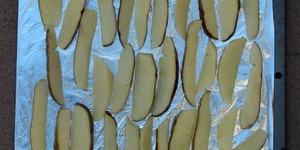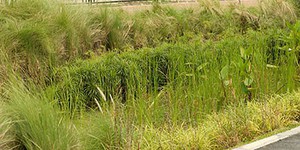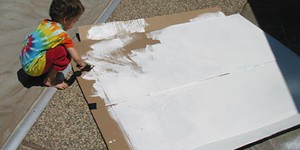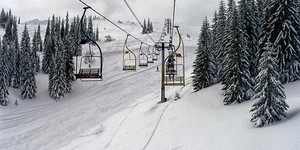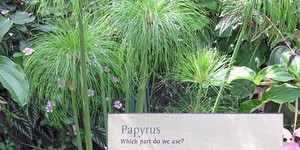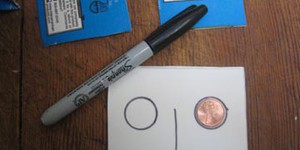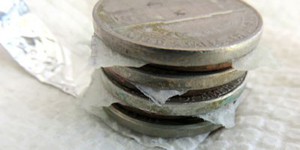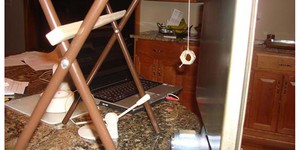Others Like “Exploring Biodegradable and Compostable Materials” (top 20 results)
|
Worms are slimy, wiggly, and gross. But did you know that they have many unique abilities? One of the neatest things that worms can do is regenerate, or re-grow, parts of their body. After a piece of a worm is cut off, it can grow back with all of the necessary new parts. How much of a worm can you cut off and still get regeneration? Is one end of the worm better at regenerating than the other? See if you can make heads or tails of this wiggly problem!
Read more
The first bite of a fresh-picked apple, the crunch of morning toast, the deep cut into rich, flaky layers of baklava, the pleasing snap of a chip. Besides being delicious, what do these foods have in common? They're crisp. They have a brittleness that causes them to shatter in your mouth when you first bite into them. It's a sensation that many people enjoy. Making potatoes crispy requires some extra cooking steps, as you'll discover in this food science project, but the results are well worth…
Read more
What looks pretty, stops flooding, and helps fight pollution? A rain garden! Find out how by building and testing your own miniature rain garden in a plastic bottle.
Read more
What do humans need to survive? We need food, water, and warm shelter. We all need a warm place to live, particularly when it's chilly outside. How do many of us warm our houses or apartments? We depend on fossil fuels to supply gas and electricity to our heaters. But burning fossil fuels to create energy is harmful to the environment. What if there was a way to warm our homes without burning fossil fuels and it was free? In this science fair project, you will build a solar air heater and see…
Read more
Do you like winter sports like sledding or skiing? Check out this winter-themed engineering project to build your own miniature "ski lift." Use it to transport small objects from one place to another, just like a real ski lift transports skiers from the bottom of a mountain to the top.
Read more
It's hard to imagine a world without paper. You wouldn't have things like books, cards, comics, newspaper, construction paper, notebooks, cereal boxes, or that nice sound of shredding wrapping paper on your birthday. There was a time, though, when the only thing people had to write on were slabs of soft, squishy clay. When these slabs dried in the sun, they preserved simple ideas, but they were heavy, like carrying around a load of rocks. Not exactly easy to put in your pocket and carry around.…
Read more
How do astronomers collect stardust? They design and build satellites that are launched into space to collect particles on specially designed panels. Satellites can be sent to orbit around an object of interest: a planet, moon, or comet. In this experiment, you can build your own mini satellite and use it to collect some pretend stellar debris. If you simulate an asteroid impact, how much stellar dust will your satellite collect? Will placing your satellite at different "orbital" distances from…
Read more
Batteries are expensive, but you can make one for exactly 24 cents! In this experiment, you will make your own voltaic pile using pennies and nickels. How many coins in the pile will make the most electricity?
Read more
Walk into any music store and you'll find a dizzying array of string choices for your classical guitar, including rectified nylon, clear nylon, carbon fluoride, bronze wound, phosphor bronze wound, silver-plated copper wire, Polytetra-flouro-ethylene (PTFE), each in a range of tensions from low to high. There is no single best brand or best material. All have their advantages and disadvantages. A set of strings that sounds "sparkling" on one guitar might sound dull on another, primarily because…
Read more
Noise is everywhere. From the clanking of a cowbell to the din of the lunchroom, we are surrounded by noise. Sometimes there's no way to get away from it, but there is a way to deal with it—constrained-layer damping. By simply creating a layered sandwich of somewhat flexible materials, what was once a noisy cowbell can become a "noise blanket." This science fair project shows you how to transform a noisy piece of metal into a sound-muffling constrained-layer damper. You'll record the…
Read more
|
Explore Our Science Videos
DIY Mini Drone Part 5: Analog Joystick Control
Separating Iron Filings from Sand
Make a Hygrometer to Measure Humidity – STEM activity



